By David Alan Johnson
The bogey man of the U.S. Navy during the Guadalcanal campaign was not the Zero fighter or the I-class submarine. It was the Type 93 torpedo, called the Long Lance.
During the 1930s, Japan’s Imperial Navy invested a great deal of time, money, and resources in developing this weapon. At the time, the most powerful opponent, or potential opponent, of the Japanese Navy was the U.S. Pacific Fleet and its powerful battleships. A component of the Japanese battle plan was to use cruisers and destroyers to attack the enemy with torpedoes.
[text_ad]
Imperial Japanese Navy: Pioneers of Torpedo Design
Torpedo attacks, especially night torpedo attacks, had become a Japanese speciality and had been highly successful in both the Sino-Japanese War of 1894-1895 and the Russo-Japanese War of 1904-1905. In the event of any future wars involving the U.S. fleet, it was decided that night torpedo attacks would again be employed. The crews of Japanese cruisers and destroyers trained extensively in night combat exercises in the 1930s. In 1935, the fully operational Type 93 torpedo made its debut.
The Type 93 was huge—30 feet long and 24 inches in diameter. It was much too big to fit into any submarine’s torpedo tubes. The Imperial Navy equipped its cruisers and destroyers with the big torpedoes, which were launched from 24-inch tubes mounted on deck. Most of these tubes could be quickly reloaded, essentially doubling the number of torpedoes that could be used in a skirmish with enemy ships.
Besides its size, the Long Lance—a name attributed to naval historian Samuel Eliot Morison—also had the distinction of being one of the most advanced and efficient weapons of its time. It was oxygen fueled as opposed to air fueled, which left almost no telltale wake of bubbles.
Using pure oxygen instead of compressed air also allowed the torpedo to travel faster and farther. Like everything else about this torpedo, its warhead was also outsized—1,180 pounds—and its maximum range was an incredible 22,000 yards (11 nautical miles) at a speed of 49 knots, or 40,000 yards at 36 knots. The U.S. Navy’s Mark 14 torpedo, in comparison, carried a warhead of only 825 pounds and had a range of 6,000 yards at 45 knots or 15,000 yards at 26 knots.
The Long Lance in Action
The Americans were taken completely by surprise by the Long Lance. Naval Intelligence knew that the Japanese had torpedoes but thought they must be similar to the American Mark 14. The Long Lance had the speed and the range to sink American warships while they were still trying to get within gun range of Japanese warships. The first encounter between the U.S. fleet and torpedo-carrying Japanese cruisers and destroyers came the day after the landings on Guadalcanal, August 8, 1942. During the Battle of Savo Island, a night action, the Allies lost four cruisers while the Japanese suffered no losses. The cruiser USS Quincy was hit by no fewer than three torpedoes. She sank bow first about 20 minutes after the third torpedo hit.
When a Long Lance was retrieved intact from Point Cruz on Guadalcanal in 1943, the Americans were amazed by the torpedo’s size and, after performing a series of tests, by its sophistication. To most Americans, “Made in Japan” had been a synonym for cheap and tinny. But there was nothing shoddy or substandard about the Long Lance, as American sailors discovered the hard way in the waters around Guadalcanal. It would take the Americans two years to develop a torpedo that could compete with it.
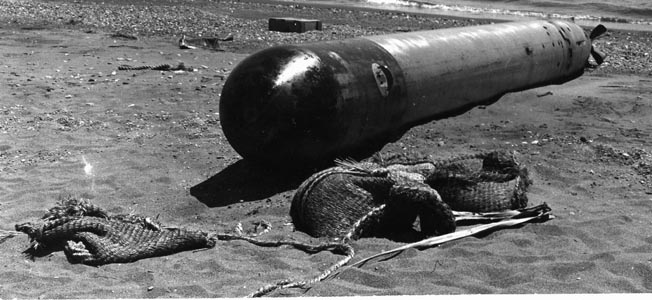
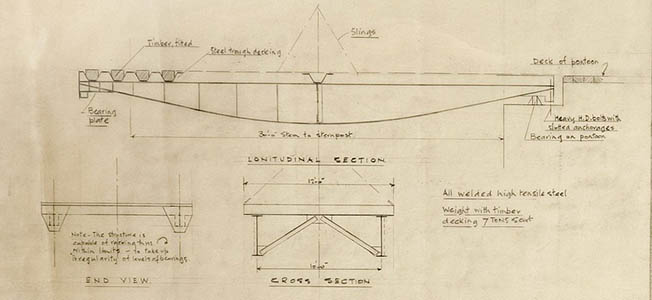
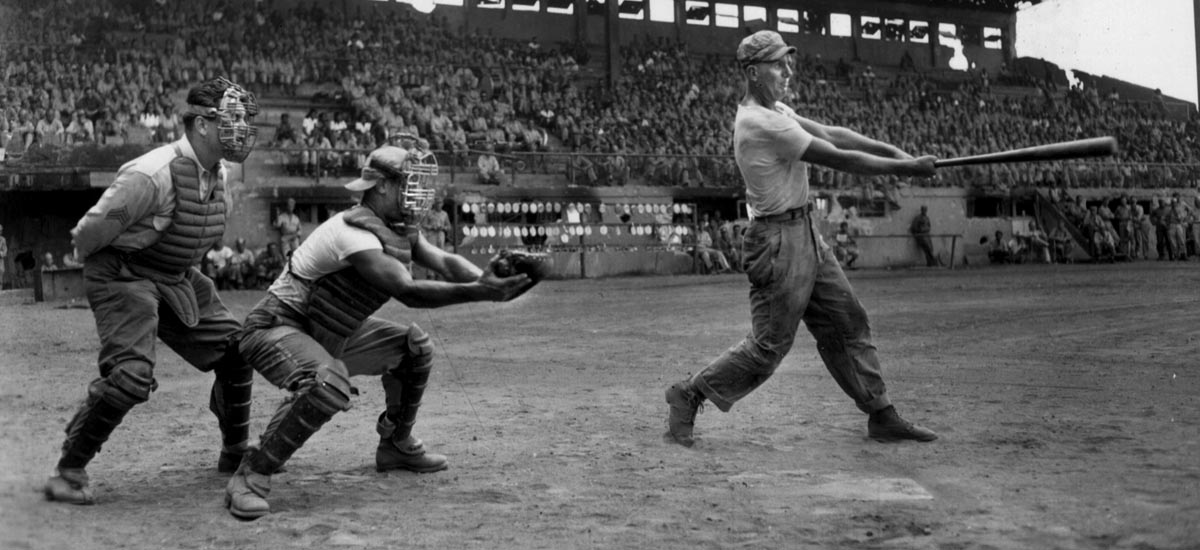
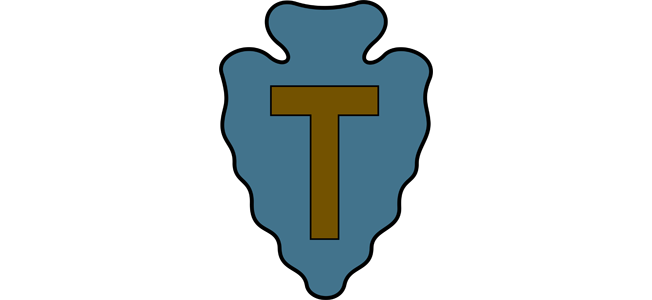
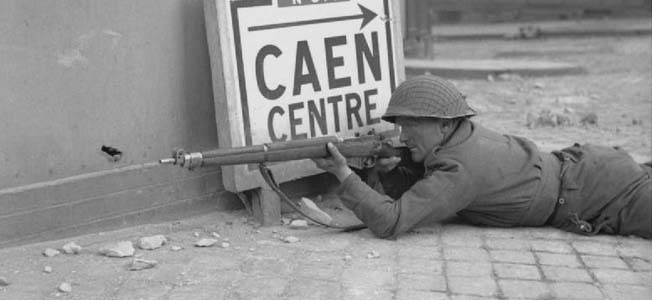
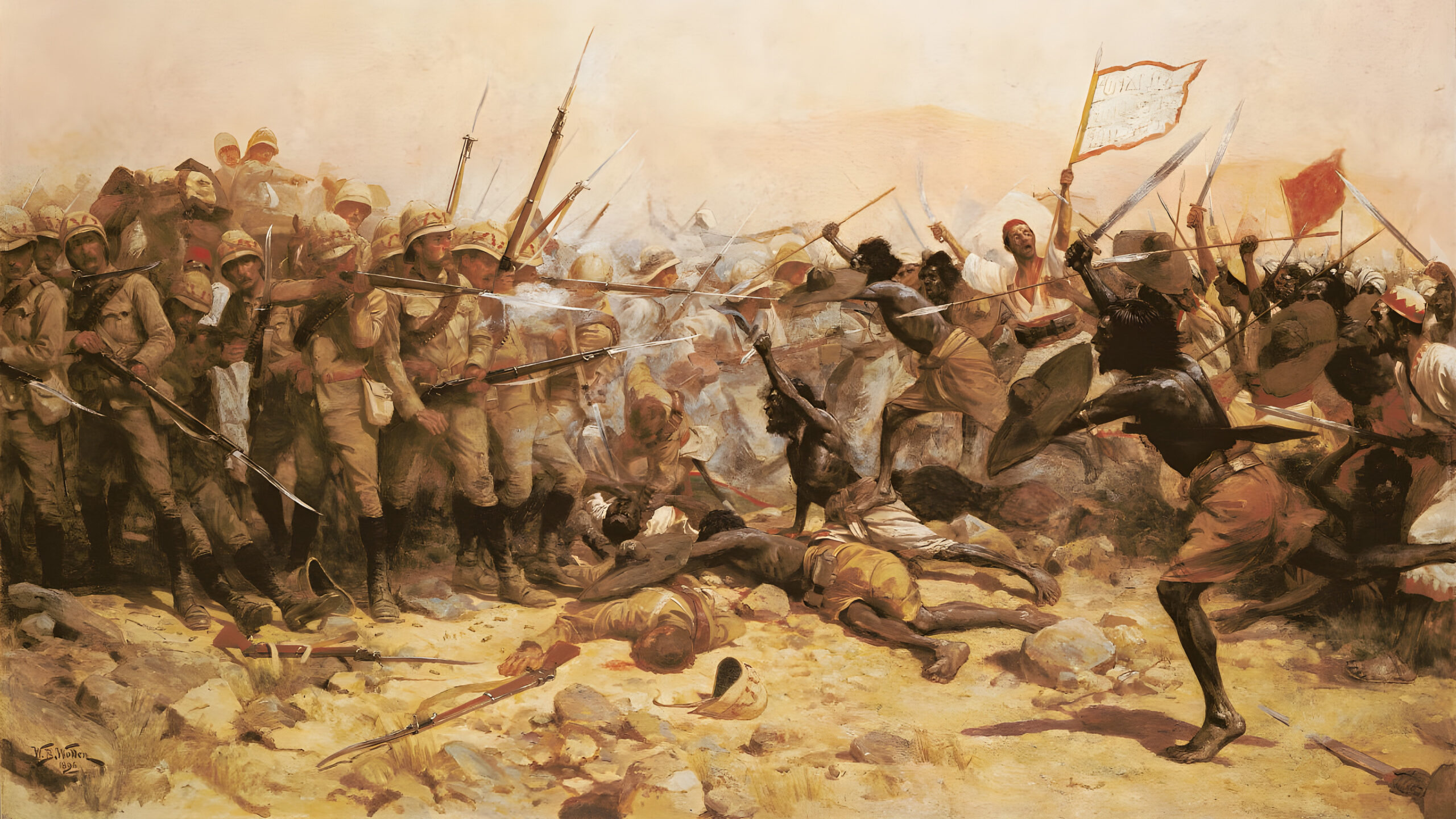
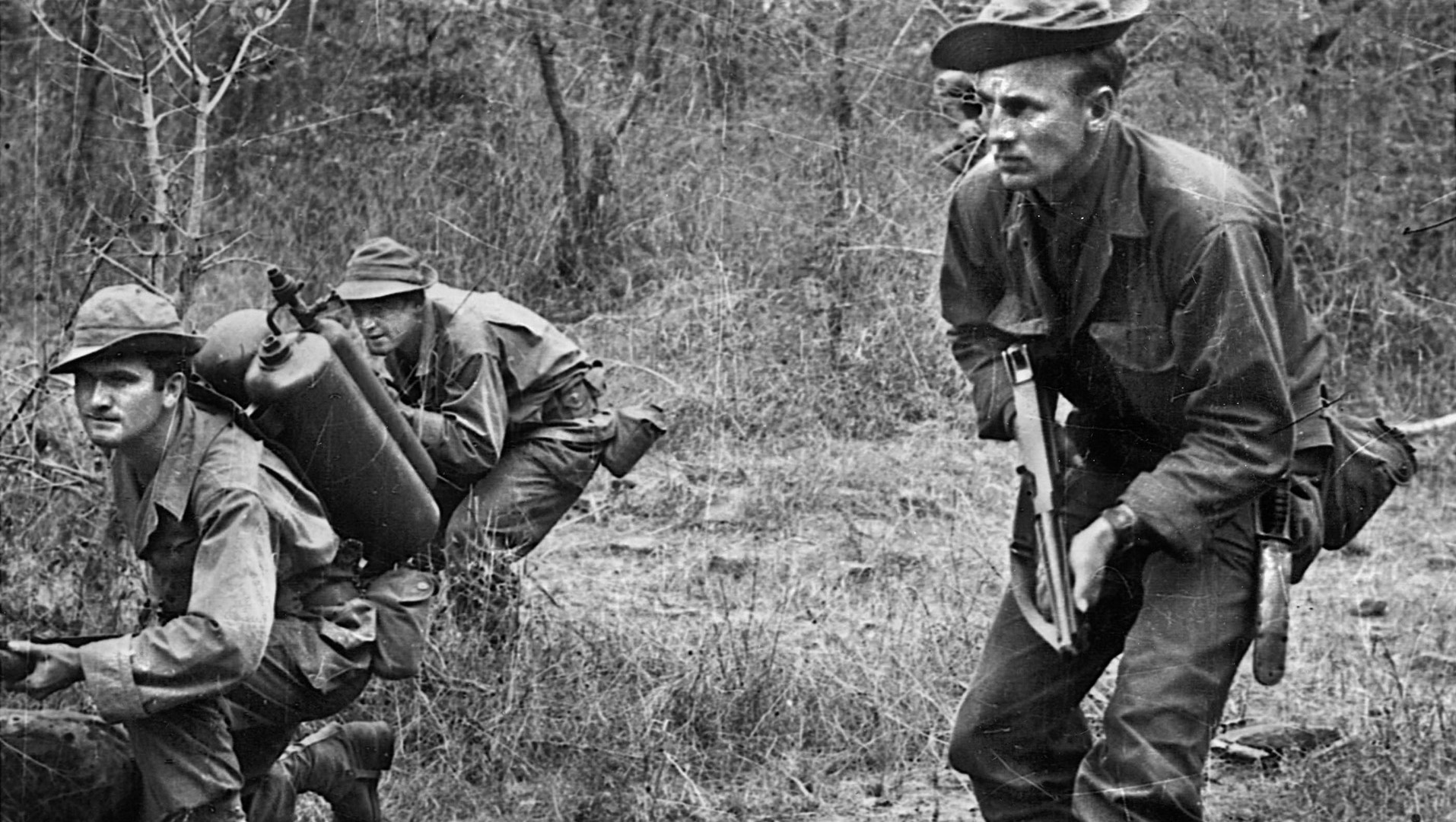
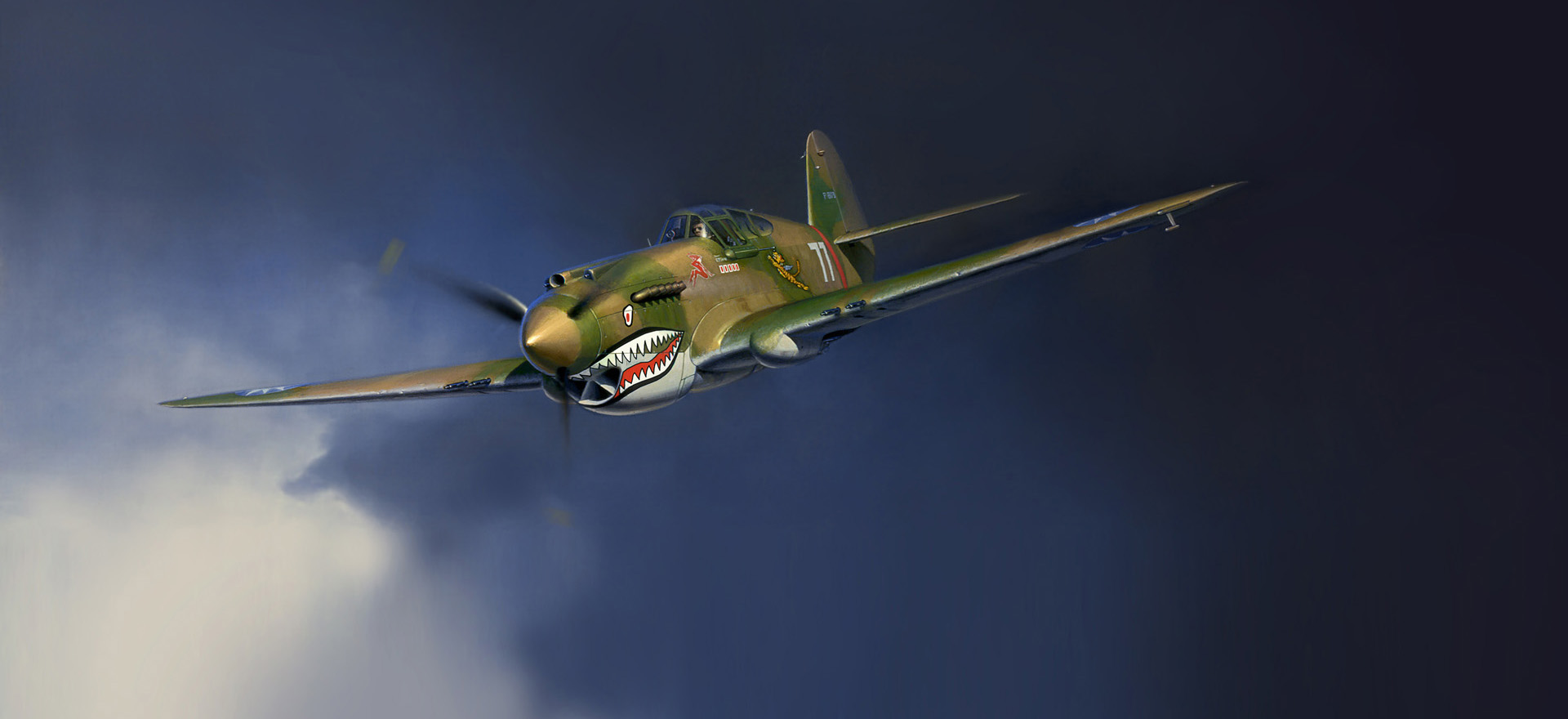
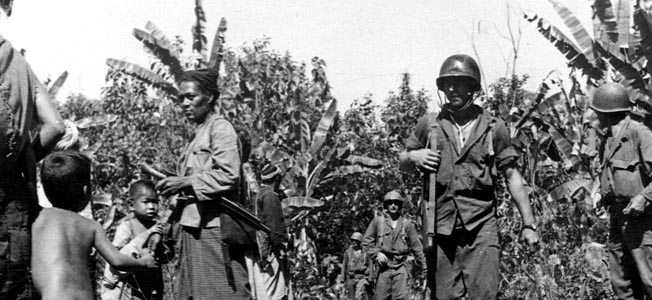
American companies were a greedy bunch giving the U.S. NAVY THOSE PIECES OF JUNK THEY CALLED TORPEDOES THAT COST THOUSANDS OF LIVES WHILE OUR ENEMIES HAD THE BEST WEAPONS